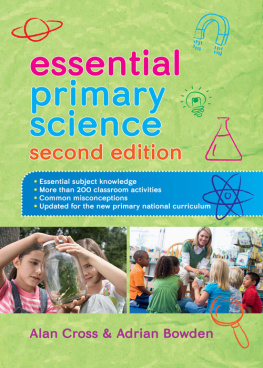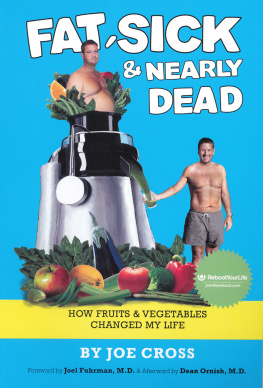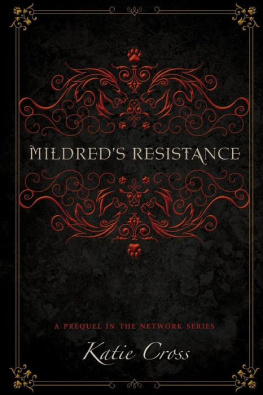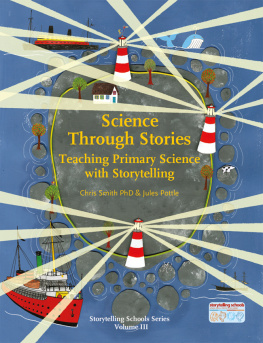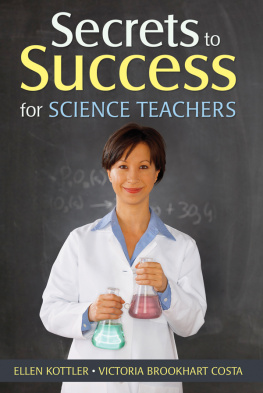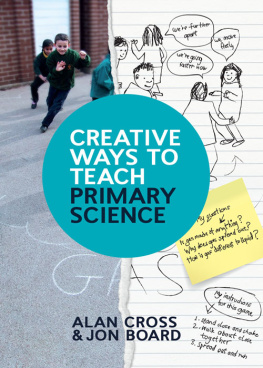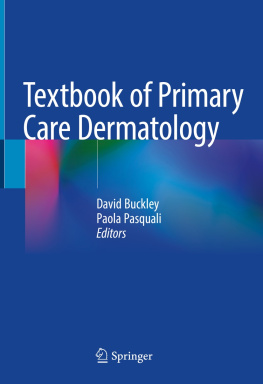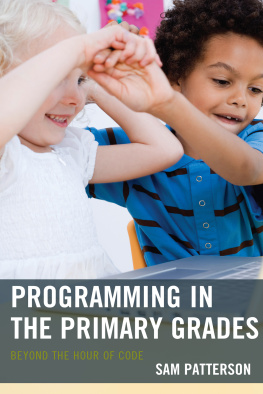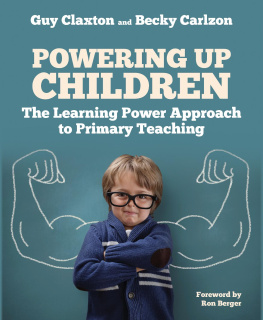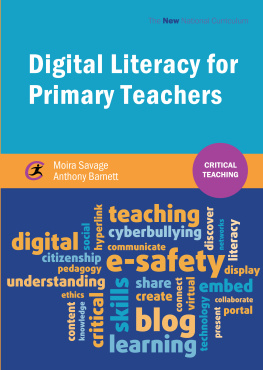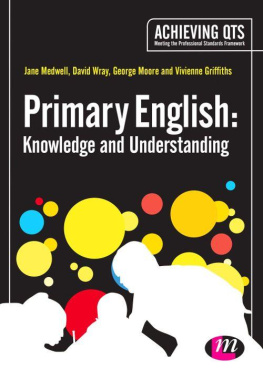Cross - Essential Primary Science
Here you can read online Cross - Essential Primary Science full text of the book (entire story) in english for free. Download pdf and epub, get meaning, cover and reviews about this ebook. year: 2014, publisher: Open International Publishing Limited, genre: Science / Children. Description of the work, (preface) as well as reviews are available. Best literature library LitArk.com created for fans of good reading and offers a wide selection of genres:
Romance novel
Science fiction
Adventure
Detective
Science
History
Home and family
Prose
Art
Politics
Computer
Non-fiction
Religion
Business
Children
Humor
Choose a favorite category and find really read worthwhile books. Enjoy immersion in the world of imagination, feel the emotions of the characters or learn something new for yourself, make an fascinating discovery.
Essential Primary Science: summary, description and annotation
We offer to read an annotation, description, summary or preface (depends on what the author of the book "Essential Primary Science" wrote himself). If you haven't found the necessary information about the book — write in the comments, we will try to find it.
Essential Primary Science — read online for free the complete book (whole text) full work
Below is the text of the book, divided by pages. System saving the place of the last page read, allows you to conveniently read the book "Essential Primary Science" online for free, without having to search again every time where you left off. Put a bookmark, and you can go to the page where you finished reading at any time.
Font size:
Interval:
Bookmark:

Open University Press
McGraw-Hill Education
McGraw-Hill House
Shoppenhangers Road
Maidenhead
Berkshire
England
SL6 2QL
email: enquiries@openup.co.uk
world wide web: www.openup.co.uk
and Two Penn Plaza, New York, NY 101212289, USA
First published 2009
First published in this second edition 2014
Copyright Alan Cross & Adrian Bowden, 2014
All rights reserved. Except for the quotation of short passages for the purposes of criticism and review, no part of this publication may be reproduced, stored in a retrieval system, or transmitted, in any form or by any means, electronic, mechanical, photocopying, recording or otherwise, without the prior written permission of the publisher or a licence from the Copyright Licensing Agency Limited. Details of such licences (for reprographic reproduction) may be obtained from the Copyright Licensing Agency Ltd of Saffron House, 610 Kirby Street, London, EC1N 8TS.
A catalogue record of this book is available from the British Library
ISBN-13: 978-0-335-26334-9
ISBN-10: 0-335-26334-8
eISBN: 978-0-335-26335-6
Library of Congress Cataloging-in-Publication Data
CIP data applied for
Typesetting and e-book compilations by
RefineCatch Limited, Bungay, Suffolk
Fictitious names of companies, products, people, characters and/or data that may be used herein (in case studies or in examples) are not intended to represent any real individual, company, product or event.
This book is a really useful one stop shop handbook outlining some of the key ideas in primary science an essential reference guide for trainee teachers, full of handy tips about spotting misconceptions, linked to the new primary curriculum, practical suggestions ideas for how to communicate basic concepts and signposts to websites for further ideas.
Claire Seeley, Member of Association of Science Education, Primary Committee
The book is a veritable manual of primary science. It is an extremely valuable resource that is both accessible and user-friendly while remaining an authoritative academic text. The book includes a wealth of information that exemplifies and illuminates outstanding classroom practice. It will be of support for the generalist teacher wishing to develop their understanding of the nature and practice of science as well as the novice trainee attempting their first classroom investigation. The content is effectively supported by reference to key research which gives credibility to the text and the practice exemplified within the writing.
Elizabeth Briten, BA Programme Leader, Kingston University, UK
This is a very useful, clear and well-informed book that is an invaluable resource for both practising teachers and teachers in training. It covers the key subject knowledge and also gives ideas for teaching all areas of the 2014 science curriculum. It uses a helpful structure for each subject area: what the teacher needs to know and understand; what the pupil needs to know at each Key Stage and ways to teach for that understanding. It sets out clear learning objectives for each suggested pupil activity, which is a real bonus for lesson planning.
In order to teach science well at primary school, the teacher needs to understand and enjoy the subject. This book will really help teachers to do just that. It will help build their confidence in the subject and give a wealth of knowledge about how and what to teach. I recommend this book highly.
Helen Wilson, Principal Lecturer of Science Education, Oxford Brookes University, UK
For me, the format of the book is very teacher friendly and can be read as a whole book to strengthen teacher confidence or dipped into when the need arises. I particularly like the clear format of what the children need to know and How to teach it parts as this is easily accessed by teachers who are usually rushed off their feet and have little time to wade through lots of information. Many of the suggestions for teaching are original fresh ideas that give the teachers ideas to develop further. I think this is what helps the book to stand out from others that attempt to do the same job.
The background knowledge for teachers is also a very valuable part to the book as any teacher or classroom assistant can read this information secure in the knowledge that it is sound and once read can feel more confident to be able to teach and answer childrens questions. In my experience having all this background information in one, easily accessed and clearly organised way can help a nervous, unsure teacher have the confidence to teach a new subject to their class.
I have absolutely no hesitation in continuing to promote this book to all the teachers I train as the companion book that every school should have to help the less confident and/or seasoned teacher create better science learning experiences for their children.
Hester Binge, Primary Science Consultant working as part of a small team called Primarily Science
To Sue and Sara
for their support, encouragement, and suggestions
The authors wish to thank the copyright holders of the following material for permission to reproduce artwork in Essential Primary Science.
Data Harvest Group Ltd., 1 Eden Court, Leighton Buzzard, Bedfordshire LU7 4FY
Figure 4.14 Hand-held data logger
Figure 5.17 An electronic pulse sensor
Millgate House Education Ltd., Unit 1, Zan Industrial Park, Wheelock, Sandbach
CW11 4QD
Figure 4.11 Concept cartoon
The University of Manchester Childrens University, The University of Manchester, Oxford
Road, Manchester M13 9PL
Figure 11.8 Page from a website simulation shadows
Sherston Publishing Group, Angel House, Sherston, Malmesbury, Wiltshire SN16 0LH
Figure 4.2 A simple drawing of a flowering plant
Figure 4.5 A section through a leaf
Figure 5.4 The human skeleton
Figure 5.5 Structure of the human knee joint
Figure 5.6 The human heart
Figure 5.8 Components of human blood
Figure 5.14 A human tooth
Figure 5.15 The digestive system
Figure 11.1 Eight planets and Pluto (dwarf planet) orbit our Sun to make up our Solar System
TTS Group Ltd., Park Lane Business Park, Kirkby-in-Ashfield, Nottinghamshire NG17 9GU
Figure 2.10 Stereo microscope
The authors also wish to thank Gary Holmes for redrawing the artwork for all other figures.
In this book, we recognise that as a teacher or student teacher you may have to move quickly from a low level of personal knowledge and understanding of science to a much higher level, as well as learn how to teach it to others! The following chapters are based on the three things you need to know:
what science the teacher needs to know and understand;
what science the pupils need to learn; and
effective ways to teach that science in primary classes.
In England, this means that pupils have opportunities to learn the science required by the National Curriculum (DfE, 2013a) or the curriculum adopted by their school. For you as a teacher, we take that science further so that the book complies with the Teachers Standards (DfE, 2013b) for subject teaching (Standards 16) and suggests ways to teach and assess science, including many references to science investigations (working scientifically). This means that you can approach the teaching of primary science with increasing confidence. In this chapter, we outline basic principles and ideas about teaching science that will set you on the right path to help you experience early success. The most important contributors to this success will be your own commitment to learn, reflect, and act to further maximum progress in pupil learning.
Next pageFont size:
Interval:
Bookmark:
Similar books «Essential Primary Science»
Look at similar books to Essential Primary Science. We have selected literature similar in name and meaning in the hope of providing readers with more options to find new, interesting, not yet read works.
Discussion, reviews of the book Essential Primary Science and just readers' own opinions. Leave your comments, write what you think about the work, its meaning or the main characters. Specify what exactly you liked and what you didn't like, and why you think so.

